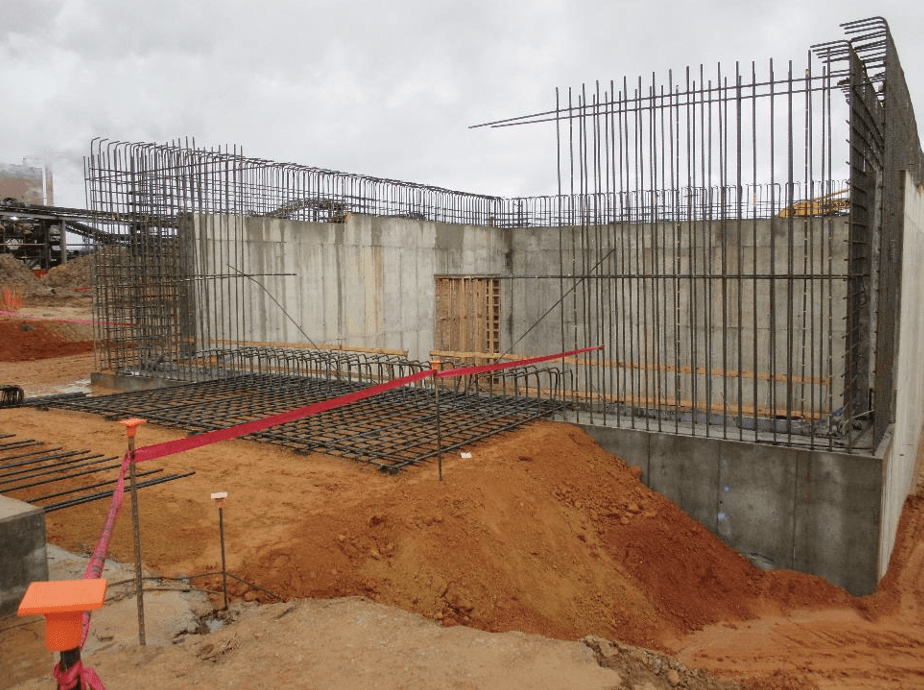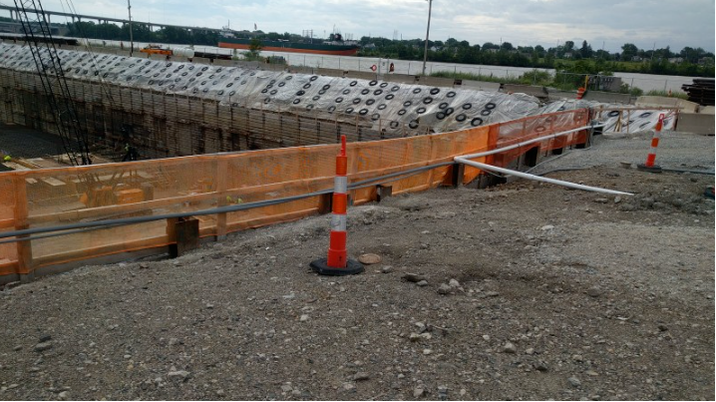Project Geotechnical Engineer Competence for Large-Scale Developments
Project Geotechnical Engineer Competence for Large-Scale Developments
Blog Article
A Thorough Examination of the Services Supplied by Consulting Engineers in the Field of Geotechnical Engineering: From Site Examination to Job Implementation
Consulting designers in geotechnical engineering play a pivotal role in the effective implementation of construction projects, beginning with extensive website investigations that reveal important subsurface conditions. Their proficiency encompasses dirt home analyses, ecological impact evaluations, and the mindful tracking of job application, guaranteeing placement with safety and security and sustainability criteria. Each stage is interlinked, presenting special challenges and considerations that can considerably influence task results. As we discover these important services, it ends up being apparent that understanding their implications is important for efficient task management and threat reduction. What details lie within each of these stages that demand our attention?
Significance of Geotechnical Engineering
Geotechnical engineering is a critical self-control that underpins the security and sustainability of civil infrastructure projects. By recognizing the mechanical habits of soil and rock products, geotechnical designers analyze the suitability of sites for different constructions, including structures, bridges, and dams. This essential analysis ensures that frameworks can withstand environmental aspects and tons without experiencing failing.
The importance of geotechnical design extends past simple structural safety and security; it additionally encompasses environmental stewardship. Correct geotechnical evaluations add to decreasing the eco-friendly effect of building. Via careful assessment of soil residential or commercial properties and groundwater problems, designers can make structures and retaining structures that mitigate threats such as disintegration and landslides, promoting long-lasting security.
Furthermore, geotechnical engineering plays a crucial role in project expense monitoring. geotechnical works. By identifying prospective issues early in the style phase, engineers can suggest suitable solutions, thus staying clear of expensive hold-ups and redesigns during construction. This proactive approach not just enhances project performance but also substantially decreases threats connected with unanticipated website conditions
Website Examination Strategies
Reliable site investigation strategies are crucial for gathering exact information about subsurface conditions before building. These strategies help with the understanding of the geological and hydrological atmosphere, which is vital for ensuring the security and security of suggested frameworks.
Typical approaches employed in website investigations consist of borehole exploration, which enables engineers to extract dirt examples at different midsts, giving insights right into stratification and product types. Furthermore, geophysical studies, such as seismic refraction and electrical resistivity, deal non-invasive ways to examine subsurface qualities over larger locations. These methods can aid identify anomalies without substantial excavation.
Examination pits are an additional beneficial technique, giving straight monitoring of dirt layers and enabling in-situ screening. geotechnical works. This approach is specifically beneficial for shallow excavations and can help assess groundwater levels. In addition, cone penetration examinations (CPT) are significantly made use of, as they give continuous profiles of soil resistance, which aids in establishing dirt toughness and layering.
Each of these strategies plays an important duty in developing an extensive understanding of site conditions, making it possible for consulting designers to make educated decisions and recommendations throughout the project lifecycle. Precise data collection throughout the website examination stage is critical to mitigating dangers and making sure successful job execution.
Dirt Building Analysis

The analysis procedure generally involves a combination of research laboratory examinations and area investigations. Secret buildings such as shear strength, compressibility, leaks in the structure, and moisture web content are reviewed to establish the dirt's viability for building and construction functions. Conventional tests, including the Atterberg restrictions, Proctor compaction, and triaxial shear tests, are generally used to gather information on dirt behavior.
Along with these tests, in-situ techniques such as the Requirement Penetration Test check my site (SPT) and Cone Penetration Test (CPT) supply important understandings right into dirt stratigraphy and thickness. The outcomes of these analyses educate designers regarding prospective challenges, such as soil liquefaction or settlement, enabling them to design suitable mitigation methods.
Environmental Impact Analysis
Ecological influence examination plays an important role in the preparation and implementation of engineering tasks, particularly in geotechnical engineering. This process includes examining the prospective environmental effects of suggested jobs on dirt, water, air high quality, and bordering communities. Consulting engineers utilize numerous techniques, consisting of website assessments, modeling, and area studies, to identify and quantify these influences.
The evaluation commonly begins with the recognition of baseline ecological problems, which works as a reference for predicting potential adjustments. Engineers analyze variables such as disintegration, groundwater contamination, and habitat disturbance, ensuring that all pertinent ecological laws and standards are stuck to throughout the project lifecycle. Stakeholder engagement is also an indispensable part of the analysis process, as it fosters interaction pop over to this site in between job designers, neighborhood communities, and governing bodies.
In addition, mitigation strategies are developed to deal with identified effects, allowing designers to recommend choices or alterations to project layouts that boost sustainability. This positive approach not only minimizes negative effects on the environment however also advertises public trust fund and conformity with environmental regulations. Inevitably, effective ecological influence assessment enhances the overall integrity and feasibility of geotechnical design tasks, sustaining responsible development methods.
Task Implementation and Monitoring

Monitoring is an essential part of project execution. Engineers make use of different techniques, such as instrumentation and field examinations, to assess dirt behavior and architectural feedbacks in real-time. This continuous tracking enables the recognition of any variances from expected efficiency, enabling timely treatments to minimize threats.
Moreover, consulting engineers keep open communication with service providers and stakeholders throughout the process. Regular website evaluations and Going Here report card ensure that all celebrations are educated about task condition and any arising issues. By fostering collaboration and transparency, getting in touch with engineers help with a much more efficient execution procedure, thus improving project end results.
Ultimately, reliable project application and tracking not only promote safety and security and high quality standards but likewise add to the overall success of geotechnical projects, guaranteeing they satisfy their desired purposes sustainably and properly.

Conclusion
In conclusion, the function of seeking advice from designers in geotechnical design includes an essential sequence of services that make sure project success. Eventually, the diverse contributions of consulting designers are essential in attending to the complexities of geotechnical obstacles in modern-day design jobs.
Report this page